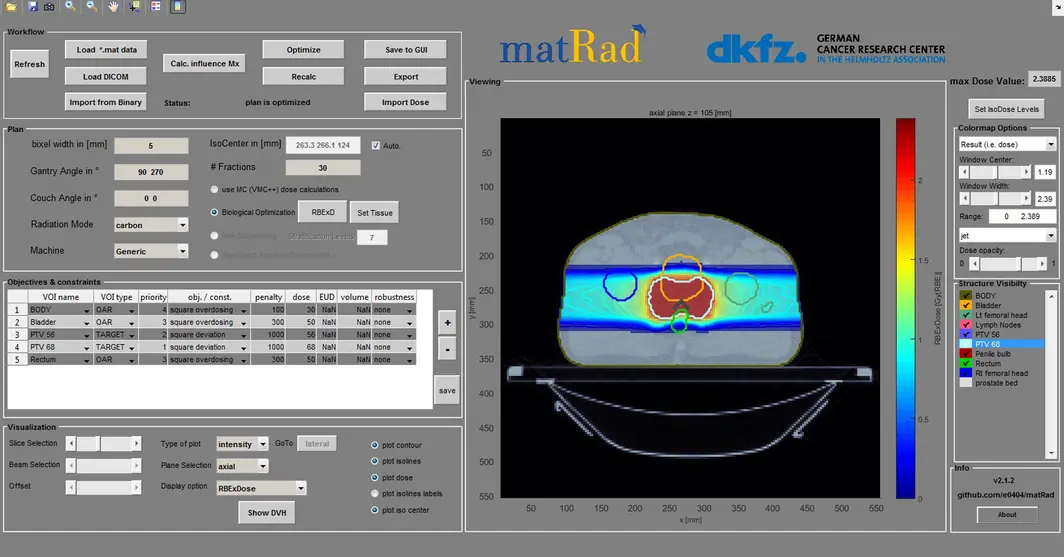Cancer is the second most important cause of death among non-communicable diseases, and its incidence is expected to rise in the coming decades. Of a hundred deaths that occurred in Chile in 1960, eight were due to malignant tumors. Today, that number rise up to 25 out 100. Moreover, it is estimated by 2020, one in three will die for this reason.
Considering the total number of deaths from all causes, three times more people die from cancer than 50 years ago, which undoubtedly evidences the need for researchers to contribute in this area. Therefore I decided to search for a career involving cancer research.
I turned my programming expertise toward biomedical applications in the areas of radiotherapy, my research has focused primarily on Monte Carlo simulations, the creation of an open source radiation treatment planning system with different modalities (photon, proton and carbon ion) and the time efficiency of dose calculation as well.


